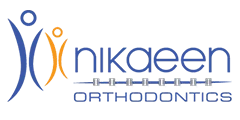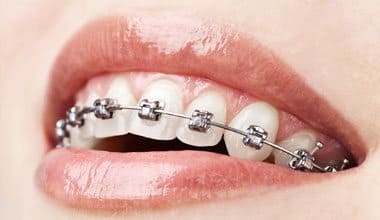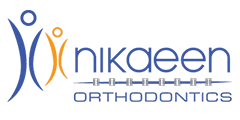Santa Monica, CA – Orthodontics can help you achieve the smile of your dreams, but care must be taken to keep your braces clean.
Your orthodontist will likely give you explicit instructions when you first get your braces applied on how to clean your braces during your usual oral care routine. However, getting your braces applied can be a big deal, and you may not find yourself listening as closely as you should. The following should help.
Apply these pointers the next time you reach for the toothbrush to prevent oral problems and bad breath as you go about your typical day.
Oral Care for Braces at Home
Your orthodontist will stress to you that extra vigilance will be needed to keep your mouth healthy now that you wear braces. The quick brush in the morning and at night will no longer cut it. In fact, some orthodontists recommend specialized equipment, such as water-flossers and electric toothbrushes, which can get between teeth and the individual parts that make up your braces.
Even if you don’t own specialized oral care equipment, you should still be using a quality toothbrush, flossing daily or interproximal brush cleaners.
How to Brush Properly When Wearing Braces
You don’t need an electric toothbrush to get your braces clean, but you should at least have a soft bristled toothbrush with a compact head that can get in between those really tight spots created by all the wires, brackets, and other braces components. If you wear elastics, make sure you remove them before you brush so that you don’t disturb all the hooks and wires.
Dr. Nikaeen recommends an interdental toothbrush that can get between teeth and up to the gum line, where food and bacteria love to hide. When you begin brushing, hold your toothbrush at a 45-degree angle directly at the gum line and brush in a back and forth motion. Go slowly so as not to damage any of your braces components.
Then, very carefully, brush the top and bottom surfaces of your brackets to get rid of any food and plaque that may have accumulated since your last brushing. You may have to hold your lip as you brush with your other hand to clean the area thoroughly.
Don’t just brush in the morning and at night. For best results, brush after every meal and spend at least 10 seconds on each tooth.
How to Floss with Braces
If you don’t like to floss, which can be tricky when wearing orthodontic appliances, soft picks, triangular picks, and proxy brushes will be sufficient in getting between teeth and all the brackets and wires. You can even carry these tools with you while on the go so that you can clean your teeth at a restaurant or after lunch while on the job.
However, if you want to have the cleanest mouth possible, you should use regular floss along with a threader so that you can get between the teeth and under the wires. When flossing, make sure you are accessing those areas that the other devices you are using cannot reach, then glide the floss along the surface of the tooth and clean all the way to the area under the gum line.
For best results, floss nightly after brushing to keep your teeth, braces, and gums extra clean.
Oral Irrigation Systems
You’ve probably heard of a Waterpik. These systems provide a forceful stream of water that flushes the teeth and orthodontic hardware, getting rid of food, bacteria, acids, and plaque biofilm. These systems are helpful because they can reach areas your toothbrush and floss can’t, making your at-home oral care routine super effective. However, just because these irrigation systems are useful does not mean that they should replace regular brushing and flossing.
Ask Your Orthodontist for Recommendations
Your orthodontist will educate you on how to brush, floss, and irrigate your mouth and any appliances you may be wearing. Dr. Nikaeen, for example, recommends using a fluoride mouthwash and to eat sensibly, such as avoiding foods that are tough to bite into, like apples or pretzels. You may also receive recommendations for specialized toothpastes and other products. It should be noted that the advice above is only for permanent appliances like braces and clear braces. Invisalign, for example, will require different cleaning instructions, though brushing and flossing is always standard practice.
Listen to your orthodontist carefully so that you have a gleaming white smile, no oral health problems, and fresh breath from the beginning of treatment to the very end. When you get your braces off, you will then have a radiant smile free of spots and one you’ll love showing off to the world.
For more tips on how to keep your braces and other orthodontic appliances clean throughout treatment, call Nikaeen Orthodontics at (310) 444-1113 or email to schedule an appointment in Los Angeles, Beverly Hills, and Santa Monica.
© 2017 Millionairium and Dr. Nikaeen. Authorization to post is granted, with the stipulation that Millionairium and Dr. Nikaeen are credited as sole source. Linking to other sites from this document is strictly prohibited, with the exception of herein imbedded links.



